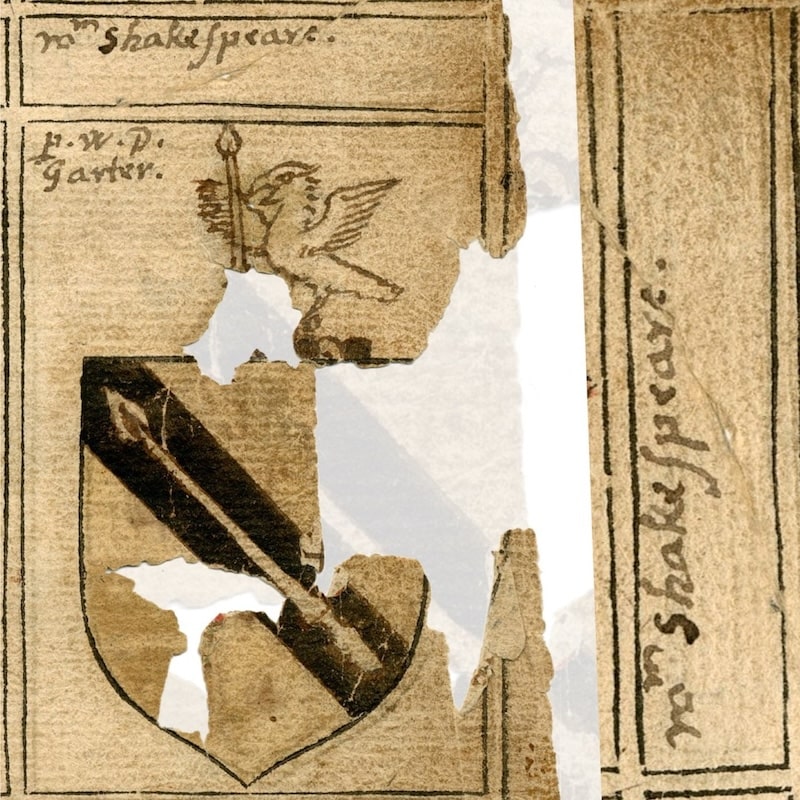Héraldique
Héraldique
Scaricamazza
·1723·
Scaricamazza
·1723·
Who can have a coat of arms?
Who can have a coat of arms?
«The use of arms spread in the Middle Ages from individuals to corporate bodies such as cities, towns and abbeys. On 10 March 1439 William Bruges, Garter King of Arms, granted arms to the Worshipful Company of Drapers, a London guild. Grants have been made continuously since then to livery companies, merchant companies, civic bodies, charities and hospitals. More recently, banking, shipping, insurance and other commercial companies have been given the right to bear arms».¹

John Shakespeare made enquiries concerning a coat of arms around 1575. In 1596, the application was renewed, either by John or by his son William on John’s (and probably William’s own) behalf. As the eldest son, William could make a request for his family to be granted a coat of arms. At the time, William had enough money, and could hope for support from influential men such as Henry Wriothesley, Earl of Southampton and Robert Devereux, Earl of Essex. Two drafts of the grant document from 1596, written by the herald William Dethick, have been preserved.
«On the continent of Europe, the use of armorial bearings has never been restricted to a particular social class at any time between the 12th (when they first appeared) and the 20th centuries. Every individual, every family, every group and community has been free to adopt the arms of their choice and to put them to any private use they please, provided they have not wrongfully assumed the arms of another. The few restrictions relate solely to the public use of arms and to a few heraldic accessories (coronets, mantles, insignia of rank) that may accompany modern shields. The position in England si quite different. Only gentlemen are qualified to bear arms».²
²Pastoureau, Michel, Heraldry: its Origins and Meaning, “New horizons” series, Thames & Hudson, London, 1997, p. 14.